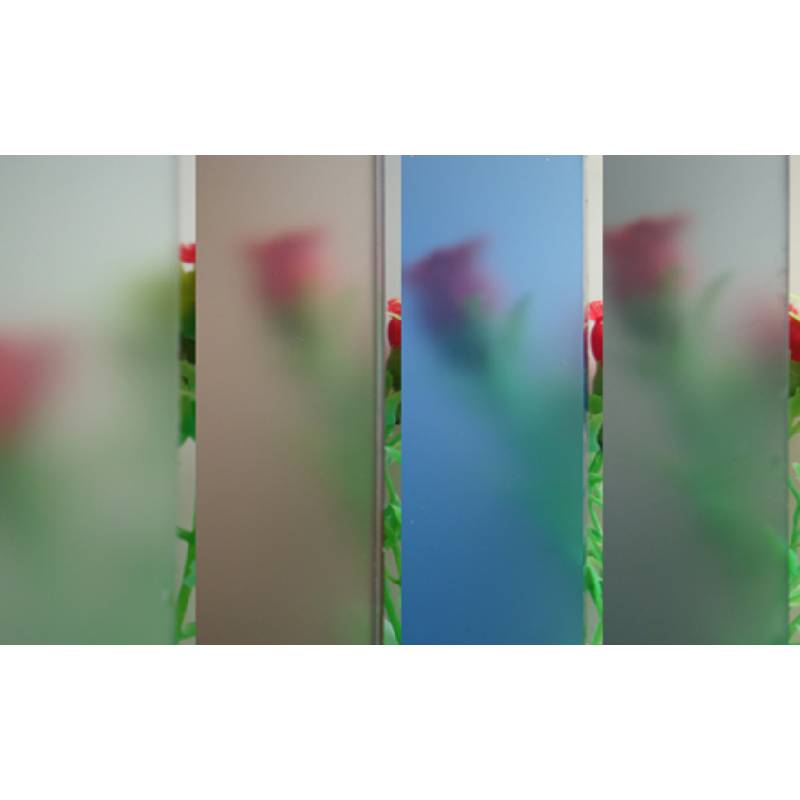

Understanding Low-E Plus Glass A Breakthrough in Energy Efficiency
In the realm of modern architecture and construction, the importance of energy efficiency cannot be overstated. As consumers and builders alike become more aware of their ecological footprint, innovative materials are being developed to meet these demands. One such advancement is Low-E Plus glass, a fascinating product that not only enhances the aesthetic appeal of buildings but also significantly contributes to energy savings.
Low-E, or low-emissivity, glass has revolutionized the way we think about windows. Traditional windows often operate as mere structural elements that allow light and visibility while being relatively inefficient in terms of thermal insulation. Low-E glass, however, incorporates a special coating that reflects heat and ultraviolet (UV) rays while allowing natural light to pass through. This coating is usually applied to one side of the glass during manufacturing, resulting in a product that is much more effective at insulating indoors.
Understanding Low-E Plus Glass A Breakthrough in Energy Efficiency
The concept behind Low-E Plus glass is rooted in physics. The special coating on the glass contains metallic particles that are specifically designed to reflect infrared energy, which is responsible for the bulk of heat. By doing so, it prevents unwanted heat from entering a building during hot months and retains warmth during colder months. This dual-action capability provides an optimal balance of thermal comfort throughout the year.

Moreover, beyond energy savings, the benefits of Low-E Plus glass extend to enhancing the longevity of furniture and interiors. Exposure to UV rays can cause significant fading and degradation of fabrics, wallpapers, and wooden fixtures. Low-E Plus glass effectively reduces UV radiation penetration, thereby protecting interiors from sun damage and maintaining their vibrancy for much longer.
Another remarkable advantage of Low-E Plus glass is its contribution to sustainability and reduced carbon footprint. Buildings account for a significant portion of global energy consumption, and by utilizing energy-efficient materials such as Low-E Plus glass, we can mitigate this impact. With increasing regulations and standards surrounding energy consumption in buildings, opting for Low-E Plus glass is becoming not just a wise choice but often a necessary one for compliance with energy codes.
When it comes to installation, Low-E Plus glass can be incorporated into various types of windows, including double or triple-glazed units, which further enhance its insulating properties. This versatility makes it suitable for both residential and commercial projects, proving that energy-efficient solutions can easily blend into diverse architectural designs.
As with any technological advancement, the market for glass products continues to evolve. Manufacturers are constantly pursuing ways to improve the performance and affordability of Low-E Plus glass. Innovations in production processes and materials are likely to emerge, further enhancing its efficiency and broaden the scope of its application. Additionally, the demand for environmentally friendly building materials will likely drive research and development in energy-efficient glass technologies.
In conclusion, Low-E Plus glass stands out as a significant innovation in the construction industry, marrying aesthetic appeal with unparalleled energy efficiency. Its ability to regulate indoor temperatures, reduce UV exposure, and promote sustainability makes it an ideal choice for those looking to enhance a property’s performance while maintaining a commitment to environmental responsibility. As the world continues to prioritize energy efficiency and sustainability, materials like Low-E Plus glass will play a crucial role in shaping the future of architectural design and construction practices. For anyone in the market for windows or considering building a new structure, the benefits of Low-E Plus glass are undeniable and should not be overlooked.